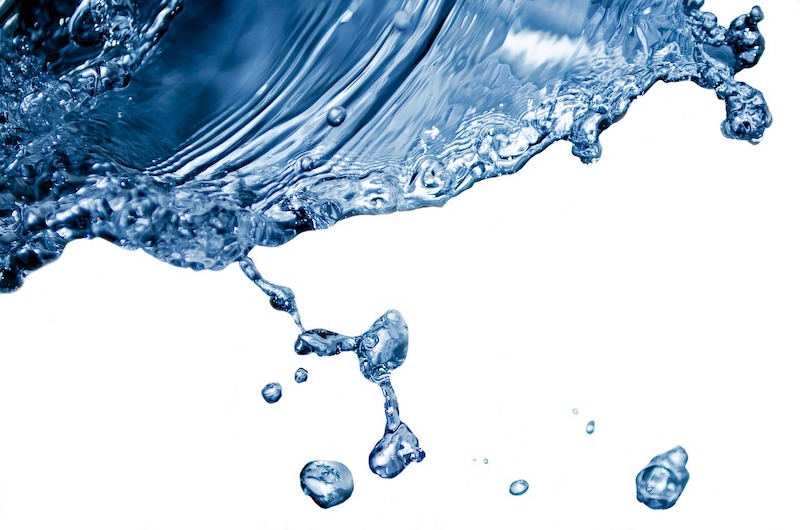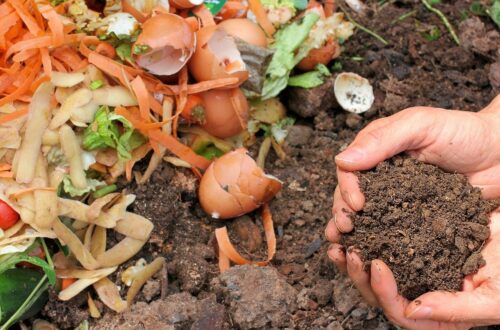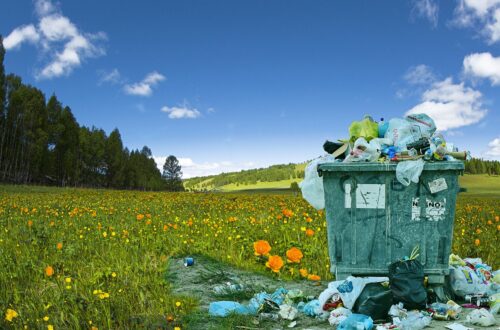Nowadays, being wise with how much water you use is essential. As a finite resource, this precious and all-important feature of life here on Earth must be protected. Whether you live in a drought-susceptible locale like California, or by the Great Lakes where fresh water is abundant, each and every one of us needs to do our part to help the planet.
Why is water conservation so important? Although it may seem there is plenty of water to go around, that simply isn’t the case. In fact, a mere 3% of Earth’s water is freshwater, and only half a percent is considered available for human consumption. The rest — saltwater — cannot be consumed unless it goes through costly desalination processes. As such, taking steps to conserve that small percentage has become vital as our population continues to grow.
The health of the environment is another reason why water cannot be frivolously wasted. Polluted water contaminates nearby lakes, rivers, and watersheds, further driving shortages. What’s more, to make this water potable again requires specialized treatment, which drains other resources through high levels of energy consumption. In the end, conserving water not only helps preserve our drinking supply but also works to reduce greenhouse gas emissions that are associated with treating and distributing water.
Fortunately, there are plenty of ways for consumers such as yourself to conserve water at home and save on utility bills at the same time. Starting in the bathroom, everyone should be taking short showers and turning off the faucet when it’s not needed, such as when brushing your teeth. Although these pointers have become commonplace, not everyone realizes just how effective they can be at saving gallon after gallon of water.
Aside from alternating habits, you could make the bathroom environmentally friendlier by installing low-flow shower heads and dual-flush toilets to further reduce water waste. Even simple, inexpensive changes can make a big difference, such as putting in low-flow aerators for every faucet of the house.
In addition to these bathroom updates, homeowners are encouraged to upgrade appliances in the kitchen and laundry room to modern, water-efficient models. Doing so helps make great strides in reducing water waste and lowering your utility bills. For instance, a high efficiency (HE) washing machine with an ENERGY STAR rating uses roughly 35% to 50% less water and 50% less energy per load than a traditional washer.
Monitoring all these plumbing fixtures and appliances for leaks is another important step in conserving water at home. Capable of wasting more than 20 gallons a day, leaky faucets and pipes add up to a lot of waste if left unaddressed. If a faucet in your home has sprung a leak, fix or replace it as soon as possible. To avoid leaks going unnoticed, homeowners are advised to check their water meters periodically to observe any unusual usage or inefficiencies.
There are also several ways to reduce water waste when sprucing up or taking care of your home’s exterior. A few quick tips include:
- Opt for a broom instead of the hose to clean up driveways, sidewalks, and patios.
- Use water runoff from your downspouts to water the garden.
- Pick flowers, trees, etc., that are drought-tolerant or -resistant.
- Water earlier in the day when temperatures are cooler.
- Consider replacing your grass with water-wise plants or plant-free landscaping.
- Cover swimming pools to reduce evaporation and save thousands of gallons of pool water each season.
Want to learn more? Check out the accompanying resource from Diversified Technology for further guidance on conserving water around the house.

Author bio: Tom Tobin is President of Diversified Technology. Tobin has more than 30 years of experience serving municipalities and municipal utilities. After representing Diversified Billing’s predecessor software for 15 years, he bought the rights to the software and founded Diversified Technology in 2007. For the last 15 years he has grown the business to serve more than 350 clients that use the software to generate more than 7 million utility bills annually.






